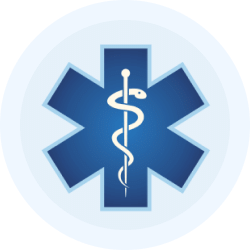BMAT Exam > BMAT Videos > Crash Course for BMAT > Transition Elements
Transition Elements Video Lecture | Crash Course for BMAT
FAQs on Transition Elements Video Lecture - Crash Course for BMAT
| 1. What are transition elements in chemistry? |  |
Ans. Transition elements, also known as transition metals, are a group of elements found in the d-block of the periodic table. These elements have partially filled d orbitals and exhibit unique properties such as variable oxidation states, colored compounds, and the ability to form complex ions.
| 2. How many transition elements are there? |  |
Ans. There are a total of 38 transition elements in the periodic table. These elements span from Scandium (Sc) with atomic number 21 to Lutetium (Lu) with atomic number 71. They include familiar elements like iron, copper, and gold, as well as less well-known ones like yttrium and lanthanum.
| 3. What is the significance of transition elements? |  |
Ans. Transition elements have significant importance in various fields of science and technology. They play crucial roles in catalysis, biological processes, magnetism, and electronics. Their ability to form complex ions and compounds make them valuable in industrial processes, medicine, and materials science.
| 4. How do transition elements form colored compounds? |  |
Ans. Transition elements can form colored compounds due to the presence of unpaired electrons in their d orbitals. When light interacts with these compounds, some wavelengths are absorbed while others are reflected. The absorbed wavelengths determine the color observed. This phenomenon is known as the absorption of light and is responsible for the vibrant colors of transition metal compounds.
| 5. What is the role of transition elements in catalysis? |  |
Ans. Transition elements are widely used as catalysts in various chemical reactions. Their ability to change oxidation states and form stable intermediates enables them to facilitate the conversion of reactants into products. For example, transition metal catalysts are commonly used in the production of plastics, fuels, and pharmaceuticals. They enhance reaction rates and improve selectivity, making these processes more efficient.
Related Searches














